The intricate social dynamics of primates offer a fascinating window into the evolution of power structures, from the solitary lemurs to the complex hierarchies of humans. These behaviors, shaped by millions of years of adaptation, reveal how dominance, cooperation, and strategy have played pivotal roles in survival and reproduction. By examining the continuum of primate societies, we uncover the roots of our own political and social maneuvering.
The Solitary Beginnings: Lemurs and the Foundations of Sociality
Lemurs, among the most primitive primates, exhibit social behaviors that hint at the origins of group living. Unlike their more advanced cousins, many lemur species are solitary or live in small, loosely organized groups. Yet, even here, power dynamics emerge. Female dominance is a striking feature in several lemur species, such as the ring-tailed lemur, where females monopolize food resources and mating opportunities. This matriarchal system challenges the assumption that male dominance is the default in primate societies.
These early social structures suggest that power is not merely about physical strength but also about control over resources and alliances. The lemur's world is one of subtle negotiations, where vocalizations, scent markings, and ritualized displays replace the overt aggression seen in later-evolving primates. Their societies remind us that power can be quiet yet pervasive.
The Rise of Hierarchies: Monkeys and the Art of Political Alliances
As we move up the evolutionary ladder, monkey societies introduce more complex power structures. Baboons and macaques live in large, multi-male, multi-female groups where dominance hierarchies are clearly defined. These hierarchies are not static; they are constantly negotiated through a combination of aggression, grooming, and coalition-building. A high-ranking male's position is never secure—it depends on his ability to maintain alliances and intimidate rivals.
Intriguingly, some monkey species exhibit behaviors akin to political strategizing. For instance, male vervet monkeys form temporary alliances to overthrow dominant males, only to later turn on each other in a bid for supremacy. Such Machiavellian tactics reveal that social climbing is not unique to humans. The monkey's world is one of shifting loyalties, where today's ally could be tomorrow's rival.
The Ape Paradigm: Chimpanzees and the Dark Side of Power
Chimpanzees, our closest living relatives, take power dynamics to a new level. Their societies are marked by intense competition, violent takeovers, and even what could be described as primitive warfare. Male chimps vie for dominance through a combination of physical prowess and cunning. Alpha males often rule through fear, but their reign is precarious—maintaining power requires constant vigilance and the suppression of potential challengers.
Yet, chimps also demonstrate a surprising capacity for empathy and reconciliation. After conflicts, rivals often engage in grooming or embrace, a behavior that hints at the origins of diplomacy. This duality—aggression paired with social bonding—mirrors the contradictions in human leadership. The chimp's world is one of brutal ambition tempered by the need for group cohesion.
The Human Paradox: From Tribal Chiefs to Modern Politics
Human societies, while infinitely more complex, retain echoes of these primal power struggles. Early human tribes likely operated much like chimpanzee groups, with dominant individuals ruling through a mix of charisma and intimidation. As societies grew, so did the sophistication of power structures—from tribal councils to feudal systems to modern democracies.
What sets humans apart is our ability to institutionalize power. Laws, religions, and governments formalize dominance hierarchies, creating systems where power is not just taken but also granted by collective agreement. Yet, beneath the veneer of civilization, the same primal instincts persist. Political campaigns, corporate ladder-climbing, and even social media influence battles are modern manifestations of age-old primate behaviors.
The Continuum of Power: Lessons from Our Primate Cousins
Studying primate social evolution reveals that power is not a human invention but a biological imperative. From lemurs to humans, the drive to dominate, cooperate, and strategize is deeply ingrained. The tools have changed—from teeth and claws to rhetoric and legislation—but the underlying game remains the same.
Perhaps the most profound insight is that power is always relational. No individual, whether a lemur matriarch or a human CEO, can maintain dominance without the tacit support of the group. In this light, our political and social struggles are not just about personal ambition but about navigating the intricate web of relationships that define any society. The primate power game, it seems, is one we are all destined to play.
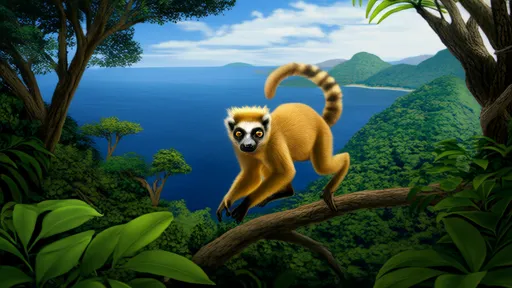
By /Jun 10, 2025

By /Jun 10, 2025
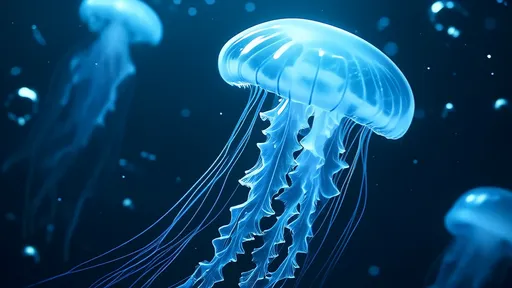
By /Jun 10, 2025
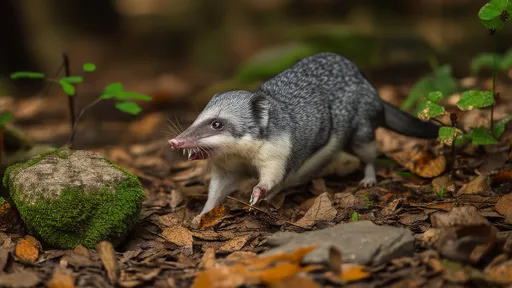
By /Jun 10, 2025
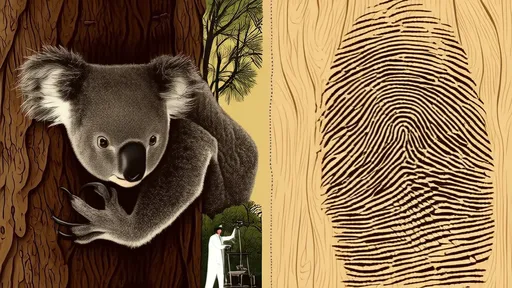
By /Jun 10, 2025
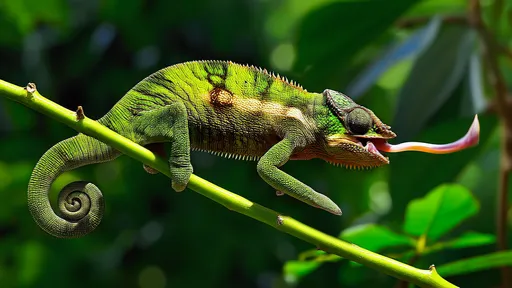
By /Jun 10, 2025
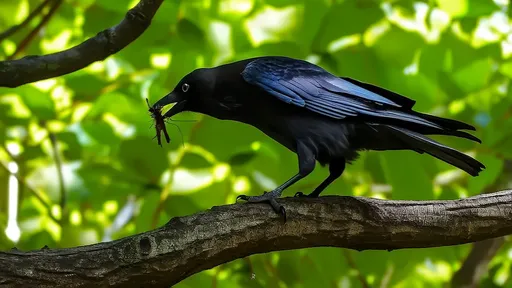
By /Jun 10, 2025

By /Jun 9, 2025
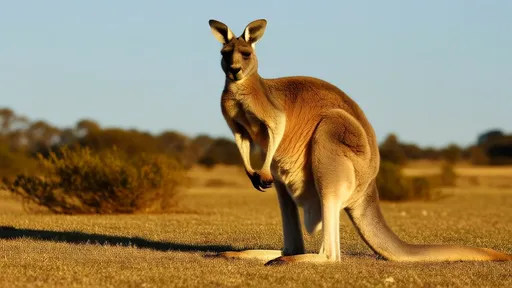
By /Jun 9, 2025
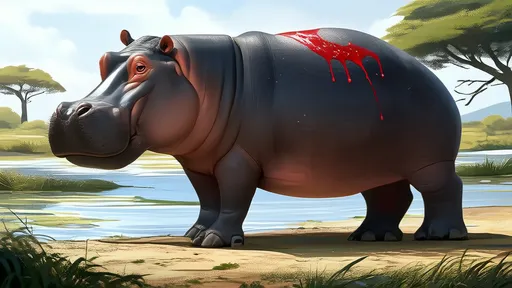
By /Jun 9, 2025
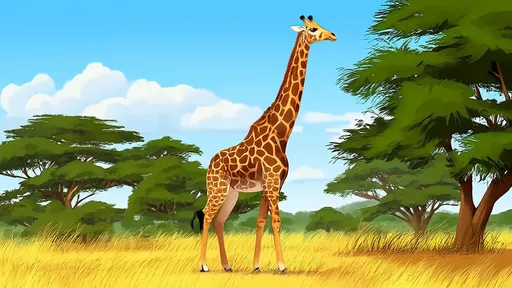
By /Jun 9, 2025
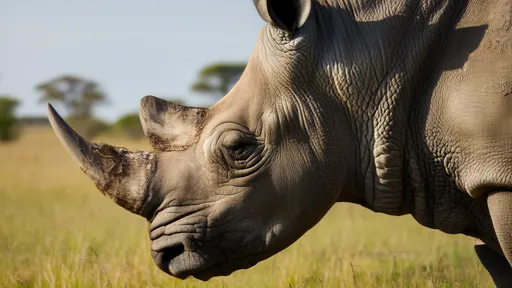
By /Jun 9, 2025
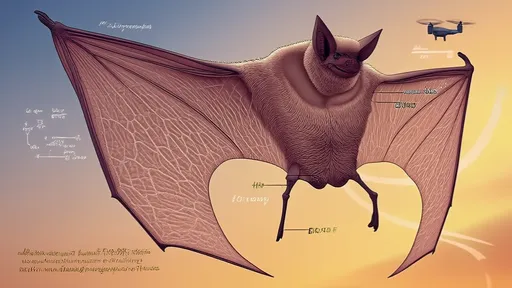
By /Jun 9, 2025

By /Jun 9, 2025
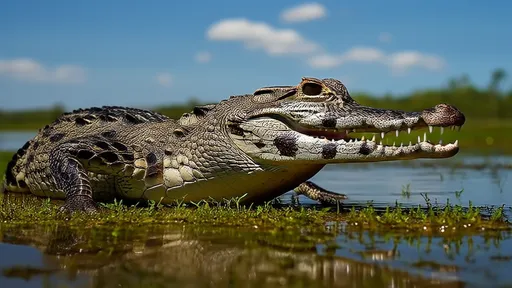
By /Jun 9, 2025

By /Jun 9, 2025
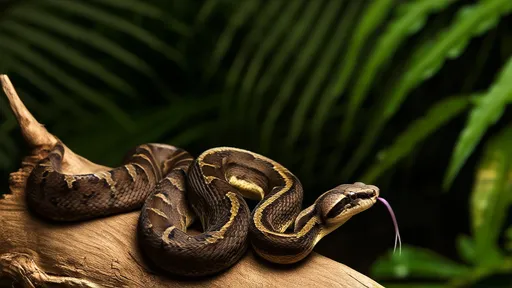
By /Jun 9, 2025
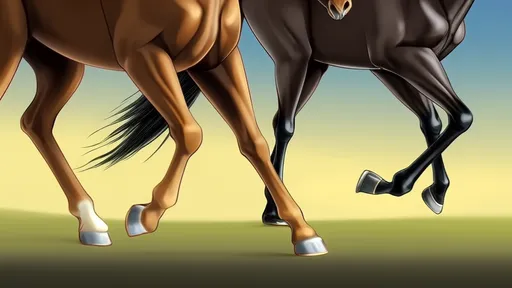
By /Jun 9, 2025
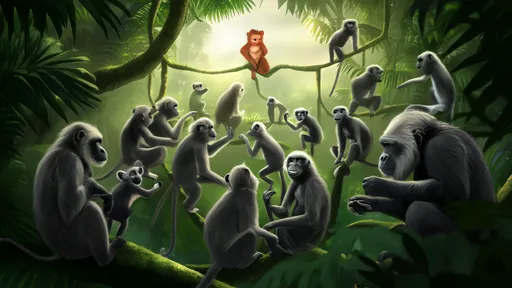
By /Jun 9, 2025

By /Jun 9, 2025